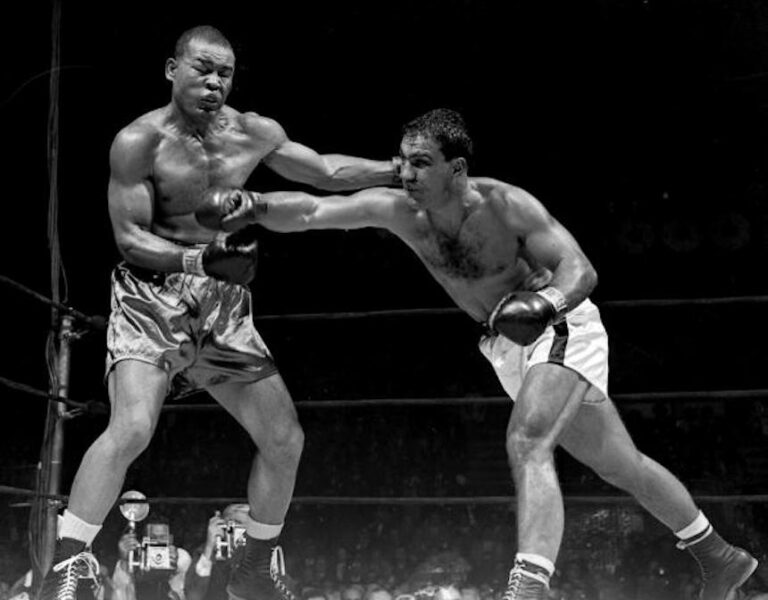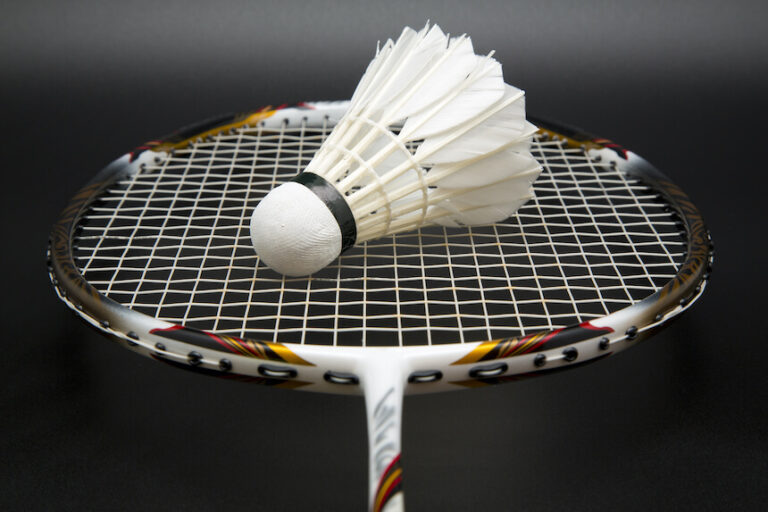You’ll discover that each discipline has its own rules and nuances that make it unique and captivating.
One of the most popular team pool sports is water polo, a fast-paced, dynamic game that involves scoring goals in the opposing camp. You have to manoeuvre the ball skilfully while swimming, which requires excellent physical condition and sharp technical skills. Other activities such as synchronised swimming, although often considered an individual discipline or in duets, can also be practised in teams, where synchronisation and harmony of movements are essential for a successful performance.
In addition to these sports, new emerging disciplines offer an even wider variety of options for all levels and interests. The aim of these sports is to promote not only fitness, but also teamwork and fair play. By getting involved in a pool team sport, you can not only improve your physical fitness, but also forge social bonds and develop the skills of cooperation and strategy that are essential to any team.
History and Evolution of Pool Team Sports
Pool-based team sports have evolved since their origins in the 19th century, with water polo standing out as one of the most iconic games. Here you can learn about the emergence of water polo and the growing importance of these sports through international competitions.
Birth of Water Polo
Water polo originated in England at the end of the 19th century, inspired by games played in Scotland and using rules derived from rugby. In the early days, the game was much more physical and crude than it is today, evolving over time to become more refined and strategic. The first official game of water polo in France was played in 1894, showing that interest in the sport quickly spread beyond British borders.
Olympic Games and International Competitions
Water polo made its Olympic debut at the 1900 Games in Paris, marking its status as an international sport. These first Olympic Games with water polo saw men’s teams compete in the Asnière pool. The sport developed rapidly and was the first team sport to be included in the Olympic Games. London and Stockholm hosted the next Olympic Games in 1908 and 1912, consolidating water polo’s presence on the world stage and stimulating its evolution in terms of rules and style of play.
Pool team sport disciplines and their variants
Pool team sports combine intense competition and teamwork in the water. You’ll discover the different disciplines practised in the pool, each with its own unique rules and characteristics.
1- Water Polo
Water polo is an intense water sport requiring a combination of swimming, throwing and fine team strategy. Water polo competitions take place in a large swimming pool, where two teams compete to score the most goals in the allotted time.
2- Team Synchronised Swimming
Team synchronised swimming is a discipline where grace, strength and endurance meet. Your team performs choreographed routines, judged on synchronisation, artistry and swimming technique.
3- Underwater Hockey
Underwater hockey is played at the bottom of a pool where you, equipped with a short stick, try to push a puck into the opponent’s goal. The matches are dynamic, requiring a mastery of swimming and good team spirit underwater.
4- Canoe Polo
In canoe polo, you are in a kayak and work with your team to score goals with a ball, using paddles. The game requires good balance, efficient kayaking techniques and perfect coordination with team-mates.
Other pool team sports
In the world of team sports practised in swimming pools, apart from the well-known water polo, you can try your hand at less publicised but equally dynamic and attractive disciplines.
5- Aqua volleyball
Aqua volleyball is a clever blend of volleyball and swimming. You’ll play volleyball in the water, adapting your movements to the water’s resistance. You’ll use your agility to send the ball over a net stretched above the water.
6- Swimrun
Swimrun is a race that alternates between open water swimming and running. You link up these two disciplines with your team, covering distances that vary according to the event, from a few kilometres to aquatic marathons.
7- Aqua basketball
In aqua basketball, your aim is to score points by shooting a basketball into a floating basket or one fixed to the edge of the pool. Your swimming and ball-handling skills will be put to the test in this aquatic environment.
8- Underwater rugby
Underwater rugby puts you at the heart of an underwater rugby match. With your team, dive to pick up a weighted ball and carry it into the opponent’s goal. Coordination and control of your breathing underwater are crucial.
9- Water-tchoukball
Water Tchoukball combines the principles of land-based tchoukball with an aquatic setting. Your reflexes and team spirit are essential to bounce the ball on an inclined frame and catch it without fail, while respecting the fair play characteristic of this sport.
Rules and Techniques
In this part of the article, you’ll learn the techniques appropriate for team sports in the pool that allow for effective and strategic play.
Swimming Techniques and Team Play
Mastering swimming techniques such as the crawl, backstroke, butterfly and breaststroke is essential. These skills enable you to move efficiently in the water, conserve energy and take an active part in the game. Changing swimming styles, such as from crawl to breaststroke, may be required.
Training and Strategies
Rigorous training develops both individual skills and team strategies. You’ll need to improve your swimming skills regularly to maintain the fitness you need.
Team exercises are also a priority for working on underwater communication and implementing match strategies. Observing your opponents’ movements and anticipating their actions also contributes to the success of matches.
Benefits and Complementary Practices
Team sports in the pool offer a host of benefits for your body and mind, as well as complementing other aquatic activities that promote your well-being and fitness.
Physical advantages
You’ll find that these sports strengthen your muscles and improve your coordination. As you swim, you work on your figure in the gentle conditions of the water, which is good for your joints. The effectiveness of these sports on your muscle tone is notable, with the added benefit of reducing the risk of injury thanks to the natural resistance of the water.
Mental Advantages
Regular practice of team sports in the pool promotes a sense of well-being. Swimming and aquatic activities such as aquafitness improve psychological relaxation, giving you a state of calm. The concentration required to coordinate movements also has a mental benefit, as it provides a break from everyday concerns. Men and women alike can find in these disciplines a moment of mental escape, strengthening their psychological health.
Related activities
To perfect your physical condition, combine team sports in the pool with aquagym or aquafitness sessions. These complementary activities consolidate your fitness while being gentler on the body than other out-of-water exercises. If you’re looking to inject some fun into your routine, try aquazumba for energetic, fun sessions. These diverse aquatic practices form a harmonious whole for maintaining your fitness and well-being.
















